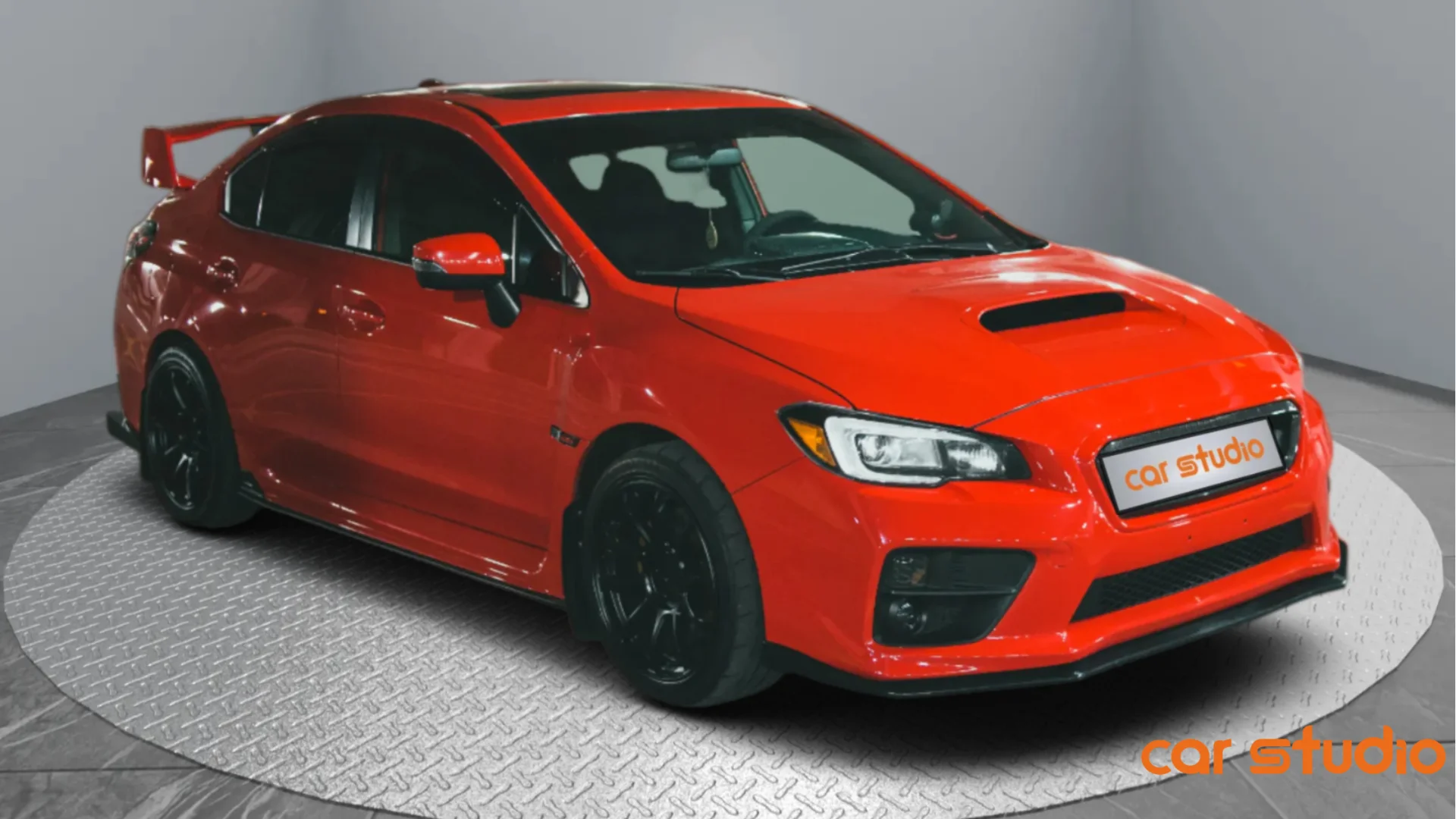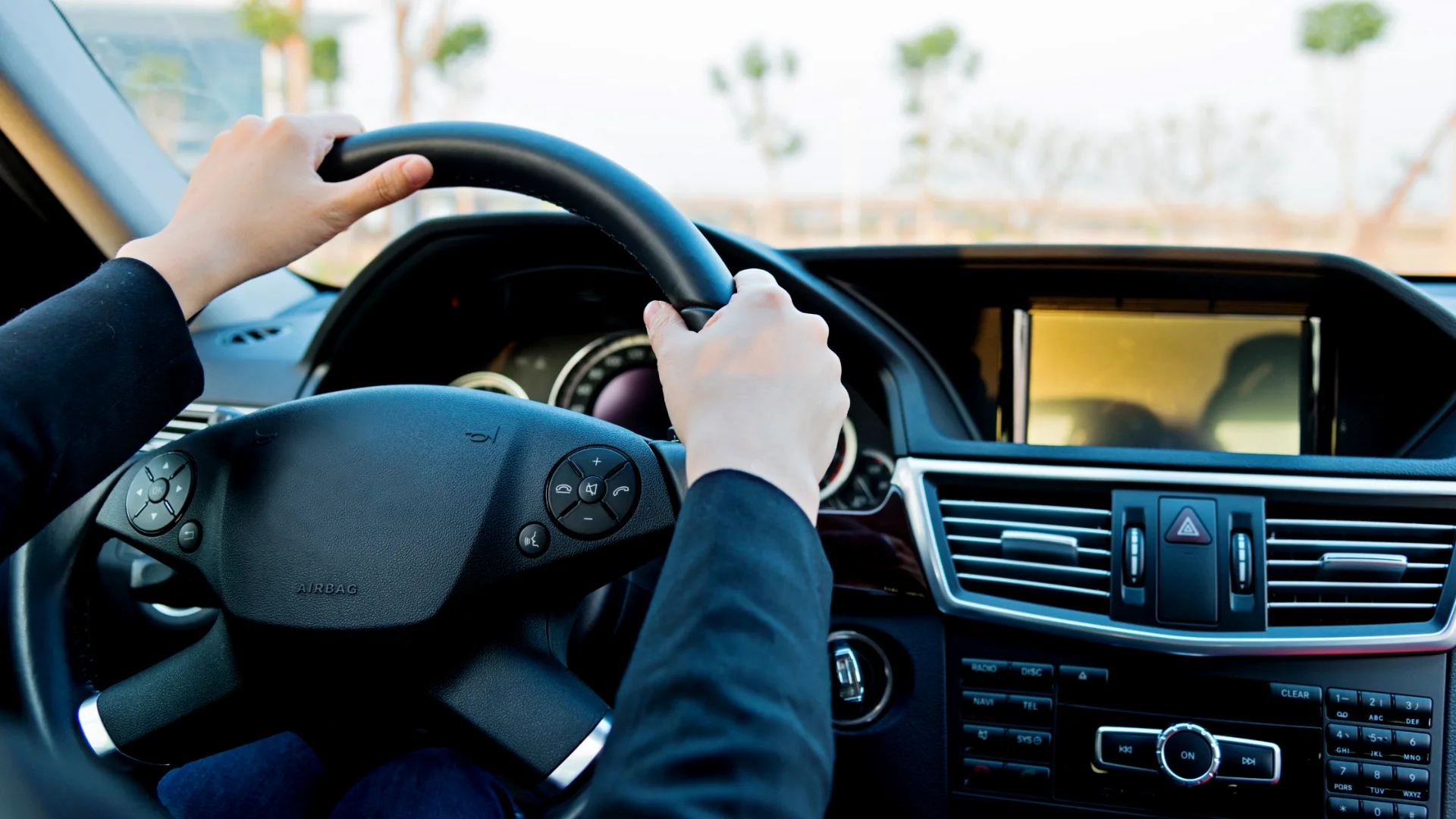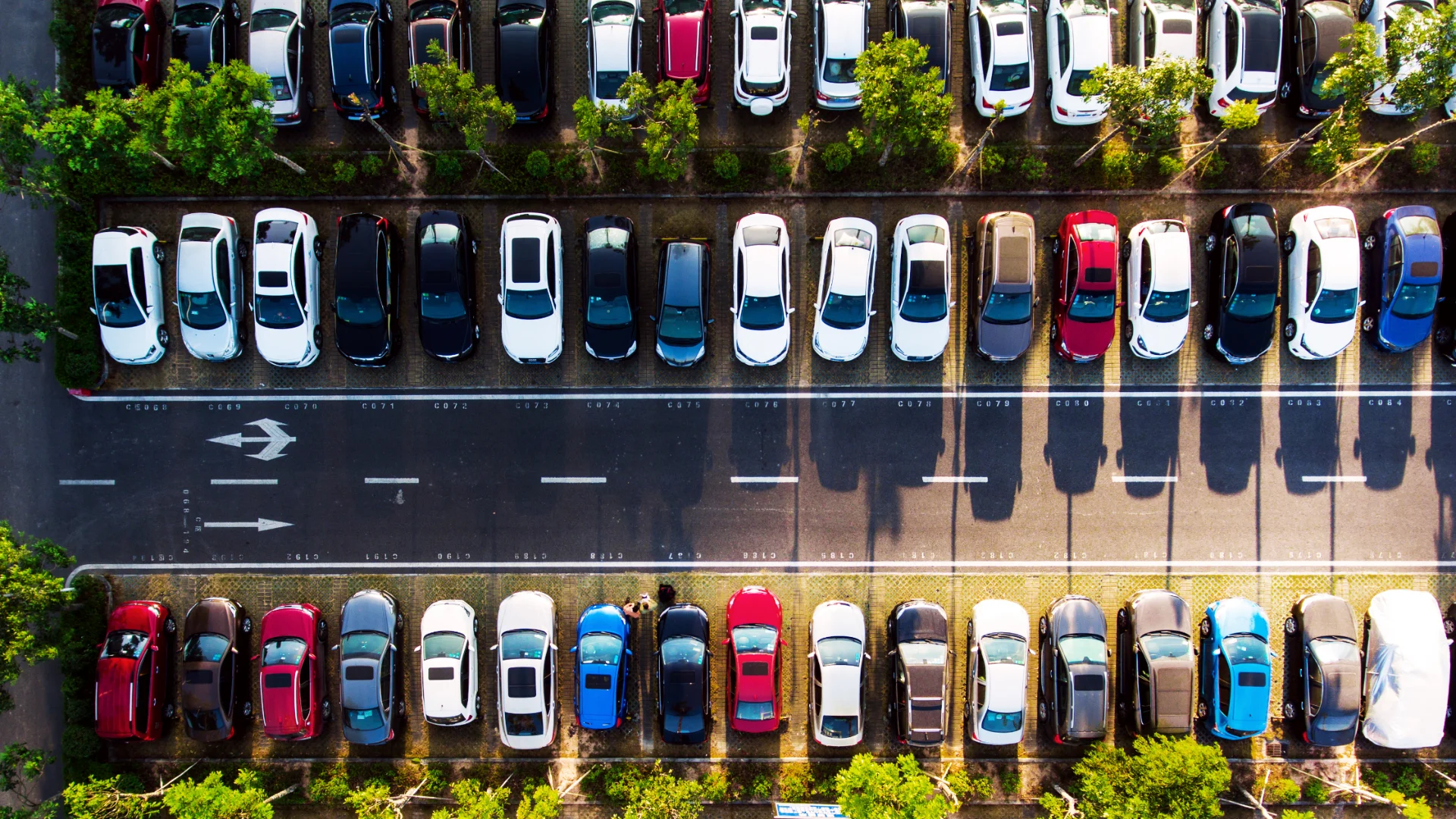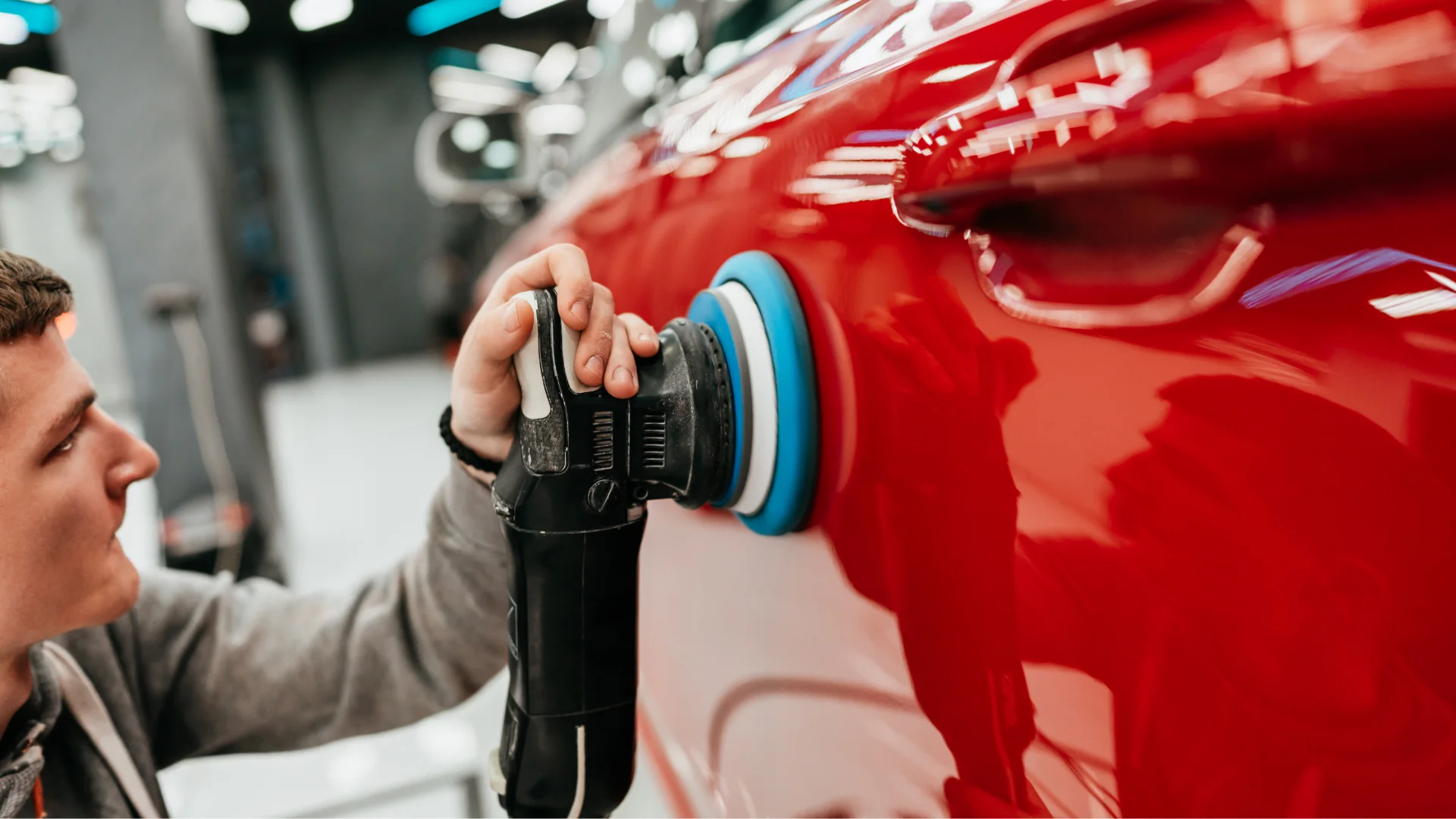
AI Car Photography Secrets: Driving Engagement in Online Listings
Table of Contents
AI Car Photography Secrets: Driving Engagement in Online Listings
Introduction: The Scroll That Decides Everything
Picture this: it’s late at night, and someone is scrolling through pages of car listings. They’re not necessarily looking for anything fancy maybe just a practical compact SUV or a dependable hatchback. But the scroll is ruthless. Blurry images get skipped. Cars shot in dim lighting or parked in cluttered driveways don’t even get a second glance. Then one listing pops out the car looks like it’s glowing under showroom lights, crisp lines visible, paint shining, background clean and consistent.
Within seconds, a decision is made. That one click sets off a buyer’s journey that could end with a sale.
This is the power of car photography in the digital age. We live in a marketplace where images are the gatekeepers of attention. And in automotive retail, attention isn’t just a metric it’s money.
As explored in Boosting Clicks: Smart AI Car Photography, listings with high-quality visuals consistently outperform average photos in terms of engagement and click-through rates.
Why Car Photography is a Deal Maker
The saying goes, “people buy with their eyes first.” In the car industry, this is amplified. Cars are emotional purchases, even when they’re practical. Whether it’s a family searching for their first SUV or an enthusiast hunting for a weekend convertible, the journey starts with a spark triggered by visuals.
High-quality photography doesn’t just make a car look nice; it signals professionalism, trust, and credibility. Buyers infer things about the seller’s honesty, attention to detail, and the overall value of the vehicle just by scanning images. A crisp, studio-like photo can make a five-year-old sedan feel premium, while a poorly shot image can make a brand-new SUV feel second-rate.
Think about it like online dating profiles the picture is the first impression, often the only impression. If the image doesn’t resonate, there may never be a chance for conversation.
The Problem: Why Dealerships Struggle
Despite knowing how crucial images are, many dealerships and independent sellers fall short. It’s not from lack of effort it’s from logistics. Professional car photography is expensive, time-consuming, and often inconsistent.
One dealer once admitted to me: “We had customers walking in saying, ‘Wow, the cars look better in person.’ That should be a compliment, but in reality, it meant our photos were losing us leads online.”
In today’s digital market, that gap is dangerous. Buyers often don’t even reach the showroom if the photos don’t convince them first.
Insights from Used Cars: Studio-Quality High-End Visuals Drive Sales highlight how even pre-owned vehicles can command premium attention when photographed with consistent, studio-like quality.
Enter AI: The Game-Changer in Car Photography
Artificial intelligence is quietly reshaping every part of the automotive customer journey, and photography is no exception. What once required studios, lighting rigs, and hours of editing can now be done in seconds automatically, consistently, and at scale.
Car Studio AI, for example, represents this new era. Instead of dealerships scrambling with inconsistent setups, AI transforms ordinary snapshots into studio-quality visuals. It removes cluttered backgrounds, balances lighting, corrects shadows, and enhances paint and detail all while maintaining realism.
As one industry analysis highlighted, this isn’t just about editing; it’s about creating an emotional gateway. Listings enhanced with AI don’t look “fake” they look intentional, polished, and trustworthy.
Breaking Down the Benefits
1. Consistency

AI ensures every image follows the same high-quality standard. Whether it’s a compact hatchback or a luxury SUV, the backgrounds, lighting, and tone align. This uniformity builds a dealership’s visual brand identity.
2. Scalability
Ten cars or ten thousand AI handles the load. Dealerships no longer have to worry about backlog or overtime hours for editing. A scalable solution means every listing gets the attention it deserves.
3. Emotional Impact
Great photography isn’t about pixels it’s about persuasion. AI-enhanced photos emphasize details buyers care about: the curve of the headlights, the depth of the paint, the clean interior. These subtle touches make listings aspirational, not just informational.
The Magic of AI Editing: What’s Really Happening
One dealer I spoke to said: “Customers started commenting on how sharp the cars looked online. We didn’t change the cars we just changed the way we presented them.”
It’s the same principle luxury brands use in fashion photography: elevate the product visually, and it elevates the perception of the brand.
As covered in How to Edit Car Photos Like a Pro with AI Tools, modern AI solutions automate background removal, shadow adjustments, and detail enhancement in ways that were once limited to professionals.
Addressing Common Concerns
Authenticity
Some worry AI editing makes cars look “too good to be true.” The truth is, AI in automotive photography isn’t about deception it’s about representation. It doesn’t invent features or hide flaws; it simply ensures the car is seen in the best possible light.
Technology Fears
Dealership teams often worry about new tools disrupting workflows. But AI car photography platforms are built with integration in mind. They fit into existing dealership systems and require minimal training. As one guide on editing like a pro notes, the process feels less like a steep learning curve and more like adding an assistant who does the repetitive work for you.

The Human Element: Selling Possibilities, Not Just Cars
At the end of the day, buyers don’t just shop for vehicles; they shop for dreams. A minivan photo isn’t just metal and wheels it’s the promise of family road trips. A sleek convertible isn’t just horsepower it’s freedom on the weekends.
AI photography elevates those possibilities by stripping away distractions and letting the buyer’s imagination connect with the car. It’s not about glossy perfection. It’s about clarity, storytelling, and emotion.
Real Results: Engagement That Converts
Numbers back it up: listings with high-quality photos can see up to 50% higher click-through rates. Higher engagement means more conversations, more test drives, and ultimately, more sales.
Dealerships using AI photo enhancement have reported faster stock turnover and stronger online reputation. It’s not just about the cars selling it’s about the brand being remembered.
One used-car dealer shared: “Before AI, I felt like I was shouting into the void. After switching to AI photography, leads doubled. The difference wasn’t price cuts or aggressive ads. It was just better visuals.”
Practical Tips: How Dealerships Can Get Started
Looking Ahead: The Future of Car Listings
The horizon goes beyond still images. Imagine listings where buyers can spin 360° views, step into immersive AR showrooms, or customize colors in real time. AI will be at the center of that transformation, making advanced visuals accessible at scale.
In the same way early adopters of professional photography set the standard a decade ago, those who embrace AI today will set tomorrow’s expectations.
Conclusion: More Than Just Pixels
Car photography has always been about capturing attention. But in 2025, attention is scarcer, competition fiercer, and buyer expectations higher.
AI isn’t just helping dealerships “keep up” it’s setting a new benchmark. Clean, consistent, aspirational visuals no longer belong only to luxury brands; they’re accessible to anyone willing to embrace technology.

As I often remind dealerships: “In an online listing, your photo is your handshake. Make sure it’s a strong one.”
The future of automotive marketing is here. And it’s powered by AI.
FAQs
How does AI photo editing maintain image consistency?
AI-driven editing platforms are designed to eliminate the guesswork and human error that often cause inconsistencies in dealership photos. The algorithms are trained on massive datasets of vehicles under different lighting conditions, angles, and environments. When a new photo is uploaded, the AI automatically adjusts factors like brightness, contrast, shadows, and background placement to align with a uniform standard.
For dealerships, this means every listing looks like it belongs to the same brand family, regardless of when or where the photo was taken. Instead of buyers scrolling through a page of mismatched images some bright, some dark, some with cluttered backdrops they see a polished, seamless gallery that feels intentional and professional. This kind of visual consistency builds trust, enhances brand credibility, and encourages potential buyers to engage longer with your listings.
Can AI car photography integrate with other dealership software?
Yes and this is one of the biggest advantages of modern AI solutions. Car Studio AI, for example, is designed to plug directly into existing dealership ecosystems without disrupting workflows. Whether a business is using a Dealer Management System (DMS), Customer Relationship Management (CRM) platform, or inventory management software, AI photo editing can sit in the background and process images as they are uploaded.
This seamless integration means sales teams don’t have to waste time bouncing between tools or manually uploading and editing photos. Instead, the process becomes invisible: a photo is taken, uploaded, edited automatically, and published within seconds. For dealerships, this efficiency translates to faster time-to-market for listings, reduced operational friction, and more focus on selling cars rather than tinkering with images.
What is the turnaround time for processing images through Car Studio AI?
Speed is one of the most impressive aspects of AI editing. Unlike traditional photography workflows which can involve waiting hours or even days for professional retouching AI systems process images in a matter of seconds. A dealer can snap a photo on the lot, upload it, and see a fully polished, studio-quality image ready for their website or marketplace listing almost instantly.
This rapid turnaround is a game-changer for inventory turnover. Cars can be photographed, listed, and marketed on the same day they arrive at the dealership. For buyers, it means fresh stock appears online faster. For dealers, it reduces the dreaded “inventory lag” the period when cars sit unseen by buyers simply because visuals aren’t ready.
How does Car Studio AI handle different car models and colors?
One of the challenges of automotive photography is the sheer diversity of vehicles. A black luxury sedan reflects light differently than a bright yellow hatchback. SUVs, coupes, trucks, and convertibles all present unique angles and design details that can be difficult to capture consistently.
Car Studio AI has been trained on an extensive, diverse dataset covering a wide variety of makes, models, and colors. This training enables the system to automatically adjust enhancements so that each car’s unique features are preserved. Instead of washing out lighter shades or making darker cars look flat, the AI adapts to highlight depth, shine, and detail accurately.
Whether it’s a metallic finish, a matte wrap, or an intricate interior, the AI ensures these details stand out clearly giving buyers a true sense of what makes the car special without introducing distortions or misleading edits.
Is there a limit to the number of images I can process with Car Studio AI?
No and that’s one of the key reasons AI photo editing is so powerful for automotive businesses of all sizes. Whether you’re a single independent seller listing a handful of cars per month or a large dealership group managing thousands of vehicles across multiple locations, the platform scales effortlessly.
Traditional photography setups struggle with volume scheduling photographers, editing backlogs, and coordinating uploads all create bottlenecks. AI eliminates those limitations. It doesn’t matter if you’re processing ten images or ten thousand; the turnaround time and quality remain the same. This scalability ensures that every car, no matter how many you’re listing, receives the same high-quality presentation.
For growing dealerships, this scalability is especially valuable. As inventory expands, photo quality doesn’t drop. Instead, the AI adapts, allowing the dealership to present a consistently professional face to buyers without adding headcount or overhead costs.
